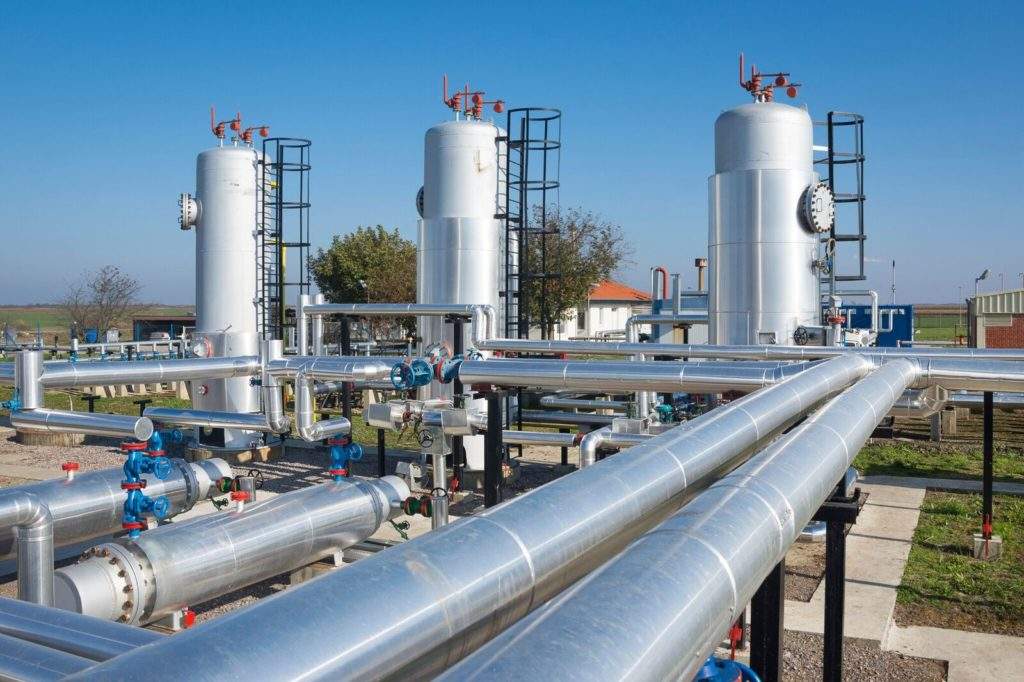Article Archive
Article Archive
- Introduction of Cement Slurry System (Part 1)
- Introduction of Cement Slurry System (Part 2)
- Introduction of Cement Slurry System (Part 3)
- Introduction of Cement Slurry System (Part 4)
- High Temperature and High Pressure Cementing Technology
- Low Density Cementing Slurry Technology
- Anti Gas Channeling Cementing Technology
- Drag Reducing Agents (DRA) or Drag Reducers (DR)
- Nitrogen Surfactant Compound Huff and Puff Technology
- Oil Washing Technology for Increasing Production
Production technology
The key technology of drag reduction agent production mainly includes two aspects: one is the synthesis of ultra-high molecular weight, amorphous, hydrocarbon solvent soluble drag reducing polymer; the other is the post-treatment of drag reducing polymer.
Synthesis of polymers
A large number of literatures show that the most effective drag reducing polymer is poly - α - olefin. In the early stage, solution polymerization was used in the production of poly (α - olefins), and the polymerization products were directly used in oil pipelines. Due to the high viscosity and low polymer content of the solution polymerization products, it was difficult to transport and use them. It was not until the mid-1990s that the bulk polymerization method was developed, which greatly improved the monomer conversion and drag reducer performance. The key technology to implement bulk polymerization is to take away a large amount of reaction heat generated in the polymerization process in time. One of the methods is to use a reaction vessel made of polymer material and design it to release the reaction heat rapidly. In the process of polymerization, nitrogen was used to purge the reaction vessel, then monomer and catalyst were added in proportion, sealed and put into low-temperature medium for 3-6 days at low temperature. In general, the purity and molecular weight of bulk polymerization products are much higher than those of solution polymerization products.
In addition, the solution polymerization of α - olefin drag reduction polymer has also made a new breakthrough. By adding viscosity reducing agent in the process of α - olefin polymerization, the overall flow performance and treatment characteristics of the finished product can be improved. At the same time, higher polymer molecular weight and more uniform molecular weight distribution can be obtained, and the solubility of poly α - olefin drag reducer can be improved.
Post treatment of polymer
The practical application shows that it will bring a lot of inconvenience to the oil transportation production if the solution polymerization product is directly used as the drag reducer. Therefore, this method has been eliminated. In order to improve the performance of the drag reducer, the polymer and dispersant are usually ground into powder in the environment below its glass transition temperature, and appropriate additives are added to make drag reducer products with different appearance forms. At present, water-based emulsion drag reducer is widely used in crude oil pipeline. It uses stabilizer, surfactant and other additives to suspend polymer powder in water or mixture of water and alcohol. This product has the advantages of high polymer concentration, convenient injection and good solubility in crude oil, but it also has the disadvantages of short storage time and poor stability. Low viscosity colloidal drag reducer is mainly used in product oil pipeline. It dissolves polymer powder into product oil or mixture of product oil and some solvents. This product has the advantages of low viscosity and convenient injection, but it has the defects of low polymer concentration and heavy transportation workload. In order to overcome the defects of the two products mentioned above, a non-aqueous suspension drag reducer has been developed recently. The polymer powder is suspended in alcohol fluid with the aid of suspension agent. This kind of drag reducer does not need surfactant, bactericide and complex stabilizer system. It simplifies the production process. It has the advantages of good antifreeze, high polymer concentration, good stability, and can prevent water and other impurities from entering the oil pipeline. It can also be used for the transportation of crude oil and finished oil at the same time.
Bulk polymerization products can be ground directly in low temperature environment, while solution polymerization products need to precipitate out of solvent and then comminute. Conoco company and Baker Hughes company of the United States respectively adopt the method of precipitating polymer from solution. Alcohols which can precipitate polymer but are immiscible with hydrocarbon solvent are used as precipitant, and the precipitated polymer is formed into small particles through special device. It is worth mentioning that Baker Hughes can control the diameter of the precipitated polymer particles below 0.25cm by controlling the speed of adding precipitant into the solution polymerization products and proper stirring. This kind of polymer can be directly prepared with suspension agent and liquid alcohol to form non-aqueous suspension drag reducer. In this way, the low temperature crushing process of polymer is omitted and the production process is simplified.
To sum up, drag reducer with different appearance and performance can be obtained through different post-treatment processes.




